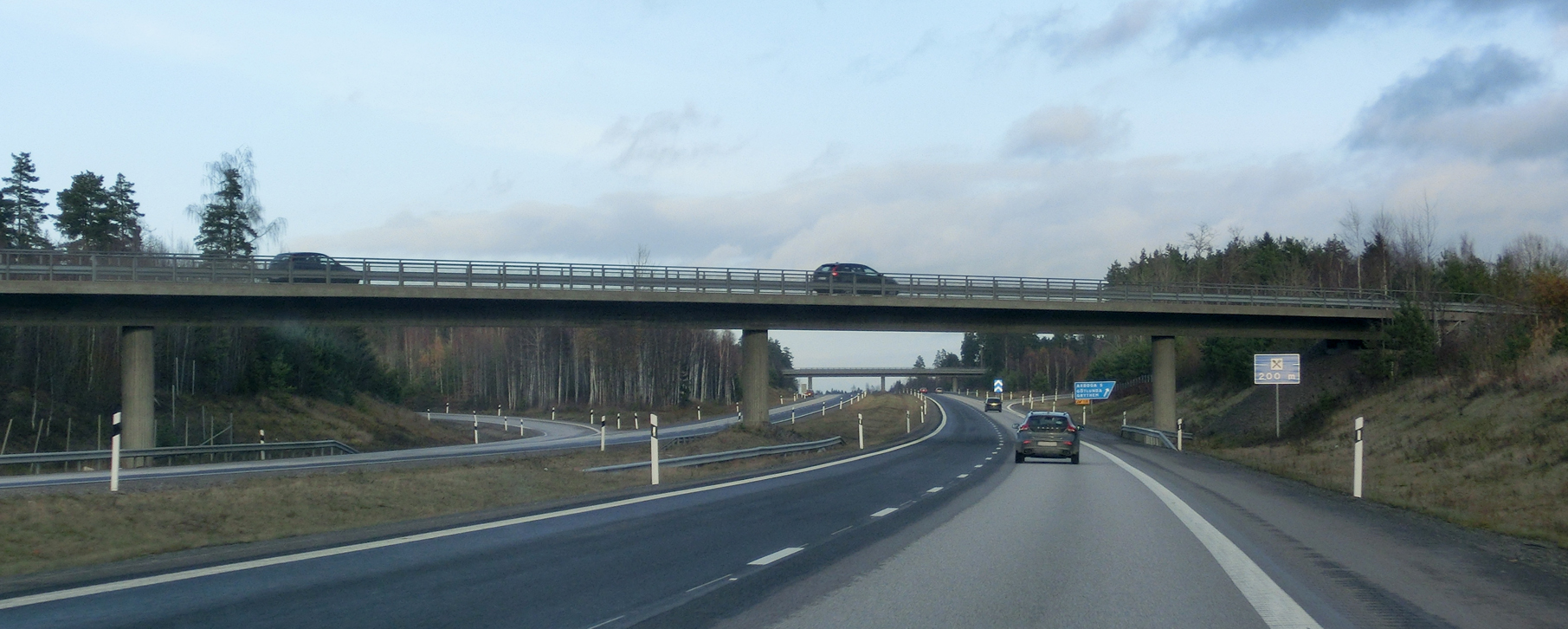The lack of charging infrastructure in Europe is one of the biggest obstacles to the electrification of road transport. But what if hauliers never had to worry about finding a charging station for their electric HGVs, because they could charge them on the move? That's the promise of Sweden's first permanent electric motorway.
 Sweden is taking steps to reduce carbon dioxide emissions from transport, with the aim of achieving a fossil-free transport system. One innovative solution being explored is electric roads.
Sweden is taking steps to reduce carbon dioxide emissions from transport, with the aim of achieving a fossil-free transport system. One innovative solution being explored is electric roads.
Sweden’s first permanent electric road will be built on the E20 between Hallsberg and Örebro, and the pilot project aims to test the entire electric road system, including support services, payment and access systems, and the installation and use of electric road technology in a real-world environment.
The project is part of the Swedish Transport Administration’s programme to electrify the national road network. The Hallsberg-Örebro section of the E20 motorway was selected as the site for Sweden’s first permanent electric road based on a number of criteria, including the type of road, traffic volume, traffic management, the natural and cultural environment of the surrounding area, the potential for power supply and national defence interests. The entire route is a motorway, heavily used and one of the busiest routes in the country for heavy goods vehicles.
Several electric road technologies are currently available, including inductive power transfer, conductive power transfer using pantographs similar to those used on railways from overhead lines, and conductive power transfer using a trailer plug attached to conductive rails in the road. The specific technology to be used for the pilot project has not yet been decided.
Electric roads reduce the need for stored energy in electric vehicles and can benefit the environment and drivers’ wallets.
Researchers at Chalmers University of Technology have used data from more than 400 passenger cars to study real driving patterns on different parts of Swedish and European roads. They calculated battery requirements, charging patterns and total costs and found that a combination of electric roads on 25% of the busiest national and European roads and home charging would be optimal.
Batteries, which account for a large part of the cost of an electric car, can be made much smaller – at most a third of today’s size.
But electric roads are not a one-size-fits-all solution, as a study shows. While several countries, including Sweden, Denmark and Germany, are testing electric road systems, there are still challenges to overcome, such as the strain on the electricity grid and how to charge the vehicles.






